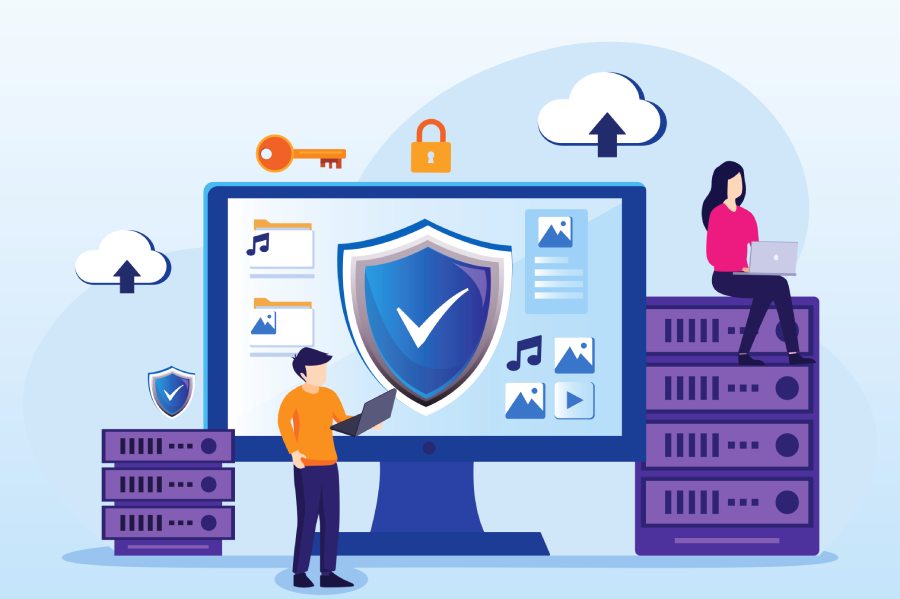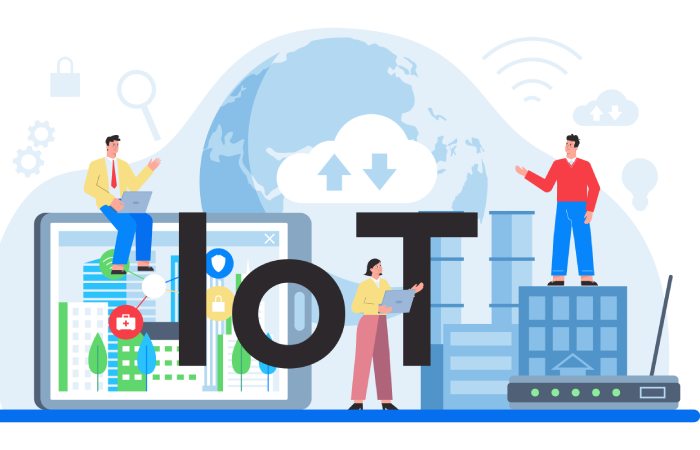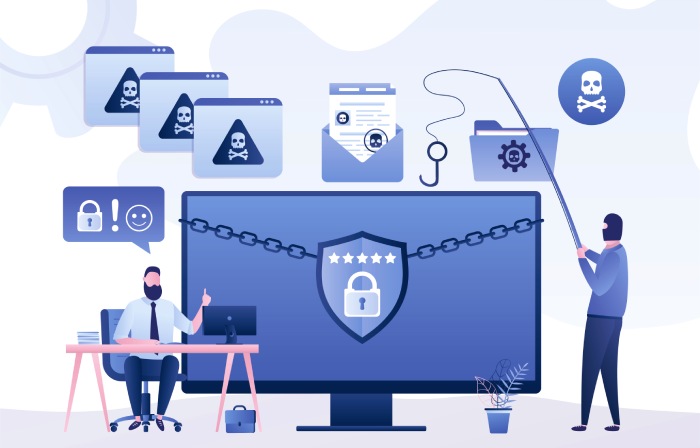With alarming data and statistics sharing the increase in password attacks and rising password compromise and account takeovers, there is a need for a change in login methods and password protection. This text shares password statistics, the need for password protection, novel passwordless approaches, and steps you can take to protect your passwords.
Microsoft’s Digital Defense Report 2022 shares alarming password and account security statistics. The latest data on cybercrime and how easy it is to hack an account in the digital age highlights the immediate need for new login methods. Here are key points from the Microsoft Digital Defense Report 2022, Microsoft’s passwordless approach to tackle the problem, and five key steps to stay protected in the future. Before delving into that, let us see some key statistics:
- There are nearly 921 password attacks that are carried out every second in 2022, a whopping 74% increase from last year.
- Over 600 nation-state threat actors utilize over 10,000 domains for malicious purposes.
- A significant 93% of Microsoft’s ransomware incident response engagements indicate lateral movement and privileged access.
- 20% of individuals still use identical or similar login credentials across various websites and applications, increasing the risk of multiple account takeovers and compromises.
The Need for Password Protection
Microsoft outlined the need for password protection with its blog in September 2022, sharing how common phishing, password spray, and credential stuffing attacks rely on passwords and password security. With human elements reusing passwords, cybercriminals take advantage of the unchanging truth.
Passwords leave enterprises and individuals vulnerable since a single password breach and account compromise could open the organization to malicious activities in an age where business and personal data are of utmost importance. Common passwords that are used for multiple accounts open individuals and organizational networks up to cyber threats.
Furthermore, tools and technologies such as MFA (Multi-Factor Authentication) have been making significant strides to reduce password compromise risks. However, with hackers discovering novel ways around MFA today, there is still a need to revolutionize account security or dump passwords altogether.
Microsoft’s Passwordless Approach
With its blog post, Microsoft also introduced its password removal feature for Microsoft accounts, allowing individuals using a consumer Microsoft account to utilize Microsoft services by going passwordless. Individuals can sign in using better authentication methods like Windows Hello, Microsoft Authenticator, and so on by deleting the password from their accounts or setting up a passwordless new one.
Windows, Xbox, and Microsoft 365 account holders can securely gain access to their accounts using the Microsoft Authenticator or by utilizing biometric security like fingerprints or face detection. Microsoft’s blog clearly defines the tech giant’s thoughts on future account protection with the quote, “As long as passwords are still part of the equation, they’re vulnerable.”
How to Protect Your Accounts: 5 Steps to Keep you Protected in 2022 and beyond
It would be best if you keep several things in mind for the all-around protection of your accounts and digital lives. These are:
Focus on Key Account Protections
Individuals have a habit of reusing their favorite usernames and passwords for various accounts, but it also opens them up to multiple account compromise. 1/5th of individuals use identical login credentials for different accounts, according to Microsoft’s analysis of over 39 million IoT (Internet of Things) and OT (Operational Technology) devices.
Individuals must focus on the significant risks and analyze the key accounts that hold their emails, financial information, health care data, and personal information, such as social media websites. The best step is to analyze these accounts and change their passwords. Instead of changing all passwords, alter the passwords for accounts that can cause significant damage.
Employ Password Managers
With tons of digital accounts, individuals need a safe space to store passwords where cybercriminals cannot reach these. Using a secure and encrypting password manager such as KeePass, 1Password, and more to store passwords in an encrypted form will prove a bane for individuals.
By remembering only one password, individuals can let go of the hassle as password managers protect customer data and keep all their passwords in one place, promoting data privacy and cybersecurity.
Choose Strong Password Combinations over Random Generators
Randomly generated passwords are becoming a popular approach. These are the best practices when it comes to password protection. Still, a small number of individuals utilize these. Instead of using these, since remembering random letters and numerical sequences is hard, individuals should focus on solid passwords that are not easy to crack.
Strong passwords can easily be made by chaining 3 or 4 random words. Where common words can be cracked in milliseconds, chained words or combinations of words are hard to break and will keep the hacking system occupied for a long time.
Use Multi-factor Authentication (MFA)
Multi-Factor Authentication is your friend when it comes to password security. With several services, such as Apple Pay, mandating MFA policies, enabling MFA for your accounts would be best, even if the service provider does not require it.
MFA adds an additional protective barrier for your accounts by requiring two or more authentication steps for account holders, making it harder for threat actors to infiltrate accounts. MFA works in many ways, such as biometrics, phone numbers, hardware tokens, or applications like Google Authenticator.
Stop Password Sharing
Did you know that nearly 45% of organizations attributed phishing links and shared account passwords to account takeover attacks? Employees even share their passwords with threat actors claiming to be their friends, potential customers, vendors, or business prospects.
When it comes to passwords, individuals should learn not to share passwords with anyone, especially OTPs (One Time Passwords). Threat actors are well-versed in social engineering tactics and impersonate many personalities to gain access to the employee’s account, including asking for their passwords.
Threat actors are impersonating even significant organizations such as Apple and Microsoft to offer help with security issues and dupe individuals into providing personal data and passwords. Keep an eye out for such scams and phishing attempts, and ensure you do not share passwords with anyone and get phishing protection.
The State of Cybercrime and Password Security
Cybercrimes are rising with industrialization as organizations and individuals have adjusted and adopted the digital lifestyle to ease everything. With greater access to tools and infrastructure comes a higher risk of account compromise.
Passwords are especially vulnerable since a simple password compromise could lead threat actors to stealing an individual’s data for blackmail, espionage, or impersonation. With phishing attacks targeting employee passwords to gain access to the organizational network, for an open gateway to deploy malware, ransomware, or data exfiltration and extortion, it would be best to keep up with the latest in cybersecurity so you can protect your passwords and accounts.
Final Words
Microsoft’s Digital Defense Report 2022 highlights how cybercrimes are escalating to nation-level threats and passwords. The CaaS (Cybercrime as a Service) model has been continually evolving in 2022 and affecting individuals and organizations worldwide. Since every organization is becoming a part of a digital ecosystem, and each individual is tied to various platforms containing financial, personal, and business information. So, there is a dire need to protect each account from threat actors.
Individuals need to focus their efforts on protecting the personal information that puts them and the ones they interact with at risk and adopt the above-mentioned vital steps to protect their accounts and passwords.


